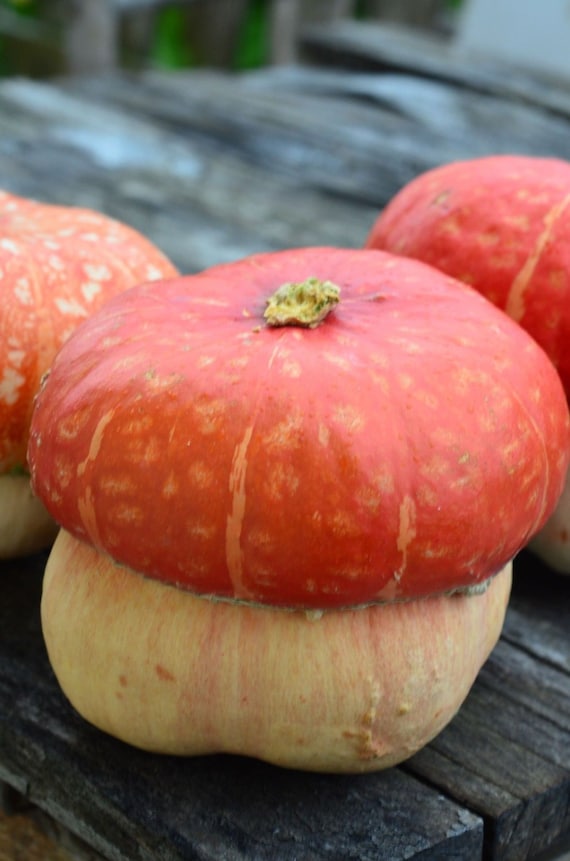


























Living in Anjou , France,
For the many not for the few
http://www.permies.com/t/80/31583/projects/Permie-Pennies-France#330873





David Livingston wrote:I would like to try Lady Godiva anyone else tried this for the oil and seeds . Is the flesh any good ?




Living in Anjou , France,
For the many not for the few
http://www.permies.com/t/80/31583/projects/Permie-Pennies-France#330873
 1
1


















How permies.com works
What is a Mother Tree ?




bee well
 3
3




 1
1








 2
2




Idle dreamer




 2
2




Idle dreamer










 1
1




 1
1









 1
1








 2
2
















"People may doubt what you say, but they will believe what you do."









"People may doubt what you say, but they will believe what you do."




r ranson wrote:Todd Parr,
I have merged your topic into this topic. I hope that helps.
"People may doubt what you say, but they will believe what you do."

 1
1








Joseph Lofthouse wrote:Todd: I harvest all winter type squash after the skin becomes too hard to poke my fingernail into. Might be the day after that happens. Might be weeks after. Some varieties get better tasting for about 3 weeks after harvest.
"People may doubt what you say, but they will believe what you do."

 2
2




Todd Parr wrote: I grew some really interesting bumpy yellow gourd-looking things this year, but I think they will just be fall decorations. I'm going to try eating these two kinds.





r ranson wrote:
The seed packets have all sorts of names that don't seem to correspond to the common name. For example, my packet of buttercup from Henry Field's says moschata (as does their butternut). Whereas West Coast Seeds, say that their Kabocha is maxima. And here I was thinking that buttercup and kabocha were closely related due to their similar shape and flavour.
Or maybe they are related? Seed to Seed by Ashworth lists buttercup as maxima, but doesn't seem to mention anything about kabocha.
Are all pumpkins, pepo, or are there large, orange pumpkin tasting squash that aren't pepo?
Different books seem to think different things. Some say armenian cucumbers will not cross with regular cucumbers, others say they will. And then, what about my luffa plants? Will they cross with anything?
I'm thinking that Deppe seems pretty on top of things when it comes to plant naming, so I'll assume her sweet meat squash is actually Cucurbita maxima.
What's the definitive source to tell me which will cross with which. For my landrace, I'm very keen to include kabocha in with the buttercups, but if it's a waste of time, then I will plant them off to one side.
“Peace is not absence of conflict, it is the ability to handle conflict by peaceful means.” —Ronald Reagan
Located in Western West Virginia



 2
2





| I agree. Here's the link: http://stoves2.com |





